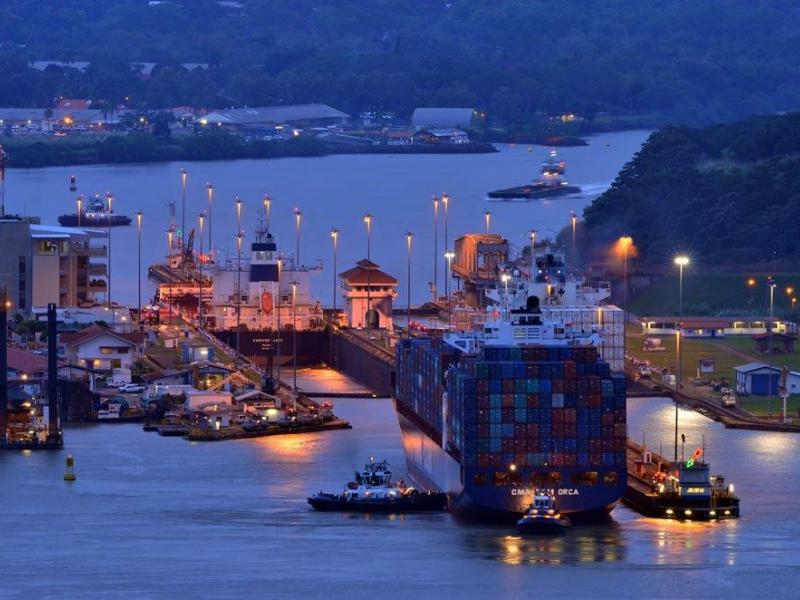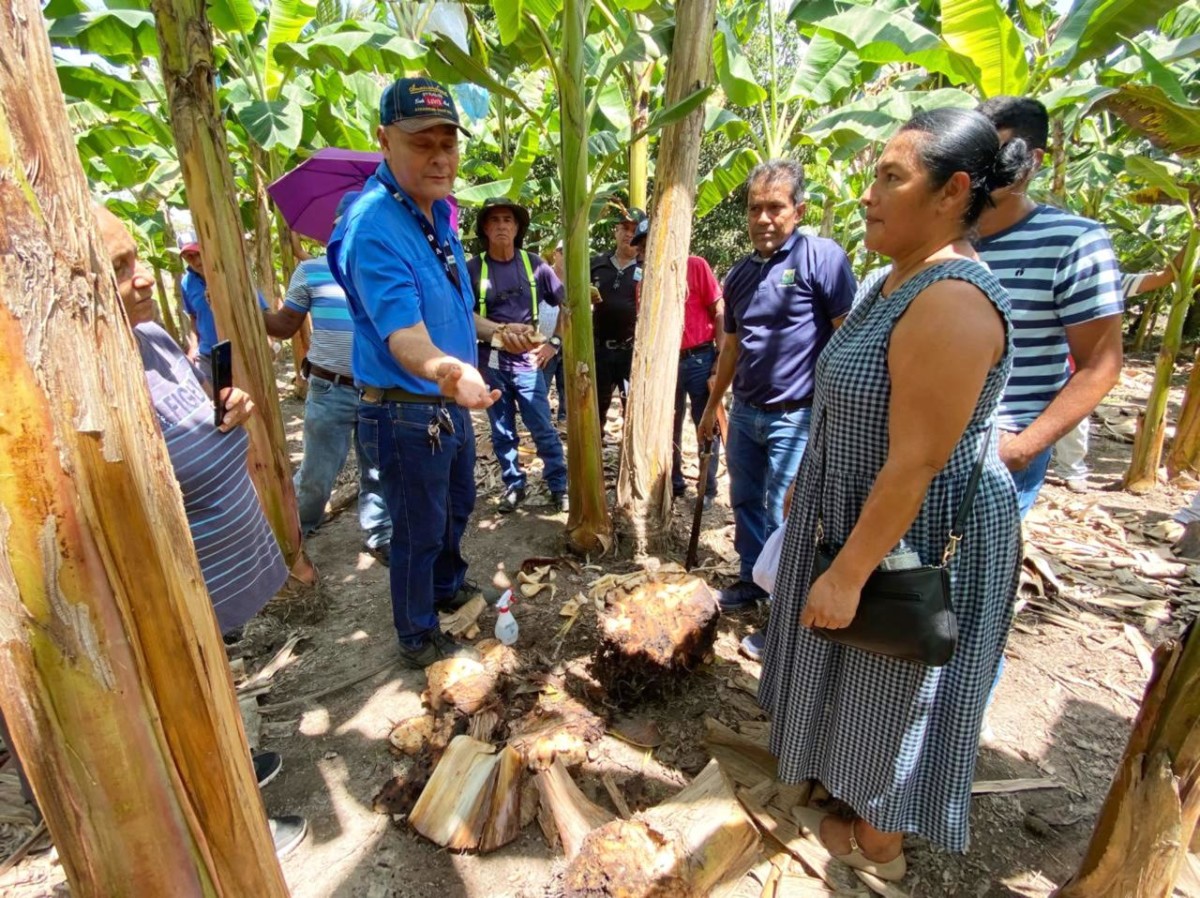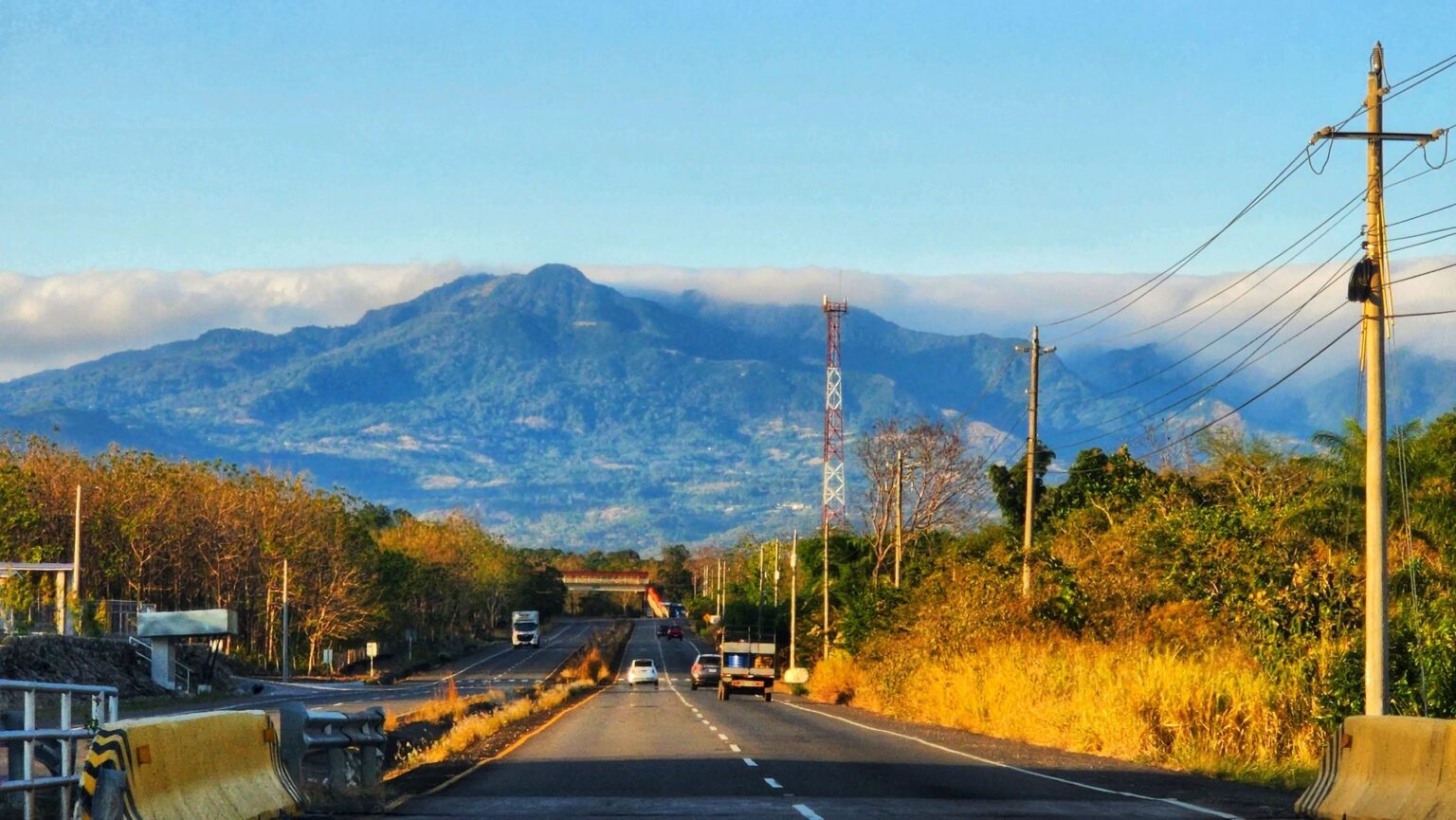3,745 ships transit new Canal locks in two years

Some 3,745 vessels have passed through the expanded locks of the Panama Canal in the two years since they opened
The results demonstrate “the efficiency of the route and the confidence of the maritime industry,” said the administration of the interoceanic way.
The Panama Canal Authority (ACP), said Tuesday, June 26 that the first two years of operation of the expansion have been “successful”, especially for the good performance of container ships and liquefied petroleum gas (LPG) and liquefied natural gas (LNG) ships.
The new locks, built by a consortium led by the Spanish Sacyr and whose cost already exceeds $5,6 billion dollars, allow the passage of much larger ships, the so-called neopanamax, which have the capacity to carry around 14,000 containers and transport gas.
“Possibly the most striking part in these two years may be that we are driving a new customer with liquefied natural gas vessels, which before July 2016 had never traveled through the channel,” said the ACP Administrator, Jorge Luis Quijano.
The methane tankers of liquefied natural gas – a product on the rise in the United States thanks to the so-called shale oil- could not pass through the old channel due to their size.
“Last year, the liquefied natural gas load that passed through the canal was between five and six million tons, 80% of which came from the United States, and the transit of liquefied petroleum gas has tripled, and become another an important source of income for the waterway “, said the ACP.
The new locks have also allowed the passage of large cruise ships. The Norwegian Bliss, a cruise ship with a capacity for 5,000 passengers, became the largest ship of its kind to transit the canal in its history on May 14.
The channel, built by the US at the beginning of the last century and transferred to Panama on December 31, 1999, handles about 6% of world trade and connects more than 140 sea routes and 1,700 ports in 160 different countries.





